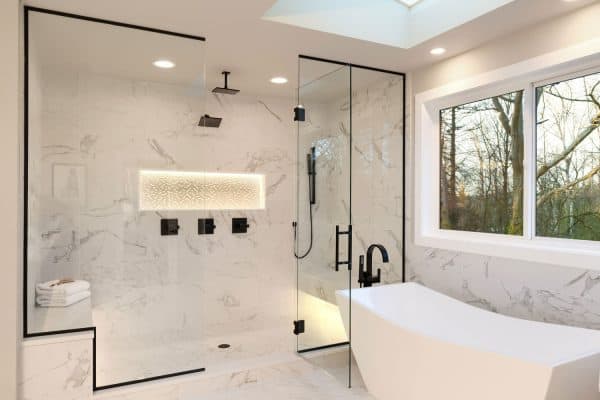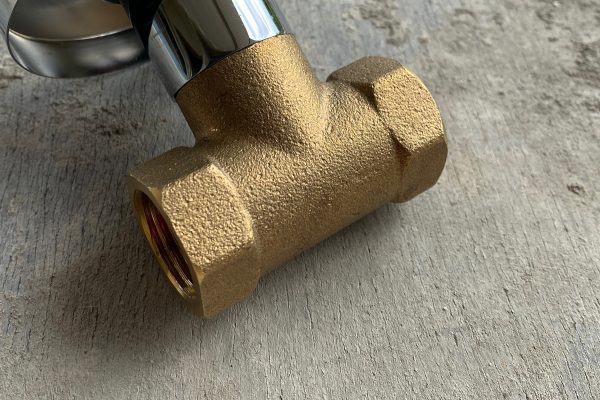A fused spur is a type of electrical outlet that is typically used for small appliances. It is also a fuse to protect against overloading and short circuits. During home renovation, you might be unsure if your bathroom mirror needs a fused spur. We have researched this question to find answers for you.
A fused spur isn't necessary for a bathroom mirror since it is used for larger appliances. However, a bathroom mirror might have additional electrical components like LED lights or shaver sockets, so you can install a fused spur for electrical appliances in your bathroom if you follow specific requirements.
If you plan to install a fused spur in your bathroom mirror, keep reading as we will discuss the topic in-depth. We would also talk about other mirror options for your bathroom and how close your fused spur should be to sink.
Do I Need A Fused Spur For A Bathroom Mirror?
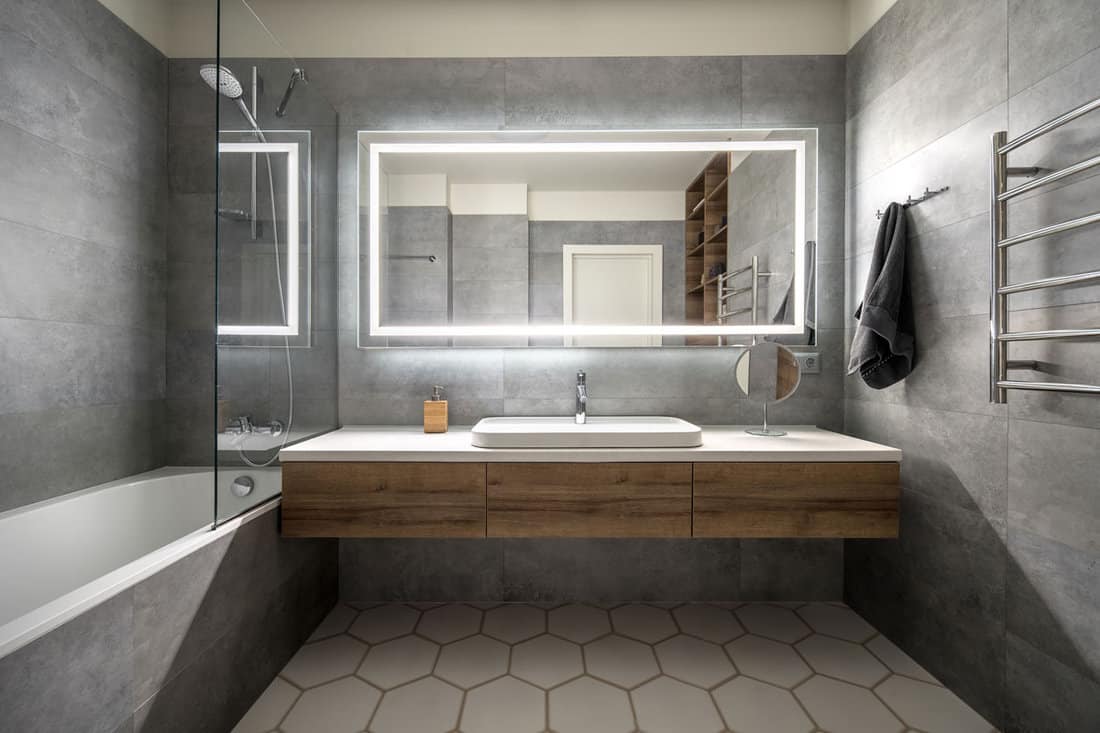
You don't necessarily need a fused spur for a bathroom mirror, but you can install one if you follow appropriate safety requirements. In a bathroom, a fused spur might be used to power a bathroom cabinet with a built-in light or a heated towel rail.
It can also be used to power a bathroom mirror with built-in lighting or a demisting feature. In general, a fused spur is needed to provide power to any electrical appliance that requires a dedicated electrical outlet.
How Close Can a Fused Spur Be To a Sink?
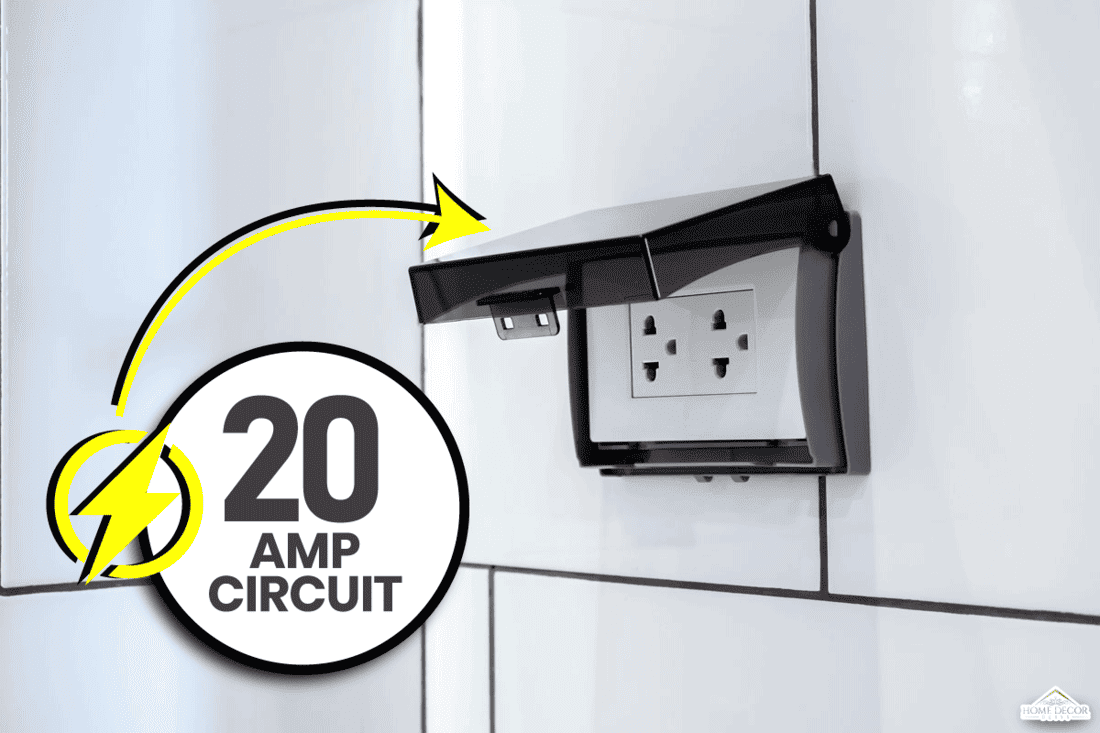
We may include affiliate links and curated AI content to highlight top design styles.
It is hazardous to have an electric socket close to your bathroom sink since it comes in contact with water. Always ensure you give enough gap between the fused spur and the sink.
Ensure proper installation of the electrical appliances and the outlets and apply Ground Fault Circuit Interrupters (GFCIs) where water and electricity may come into contact. According to the NEC, bathroom outlets should only have a 20-AMP circuit, so make sure to follow the guideline during installation.
What Type of Mirror Should be Used in a Bathroom?
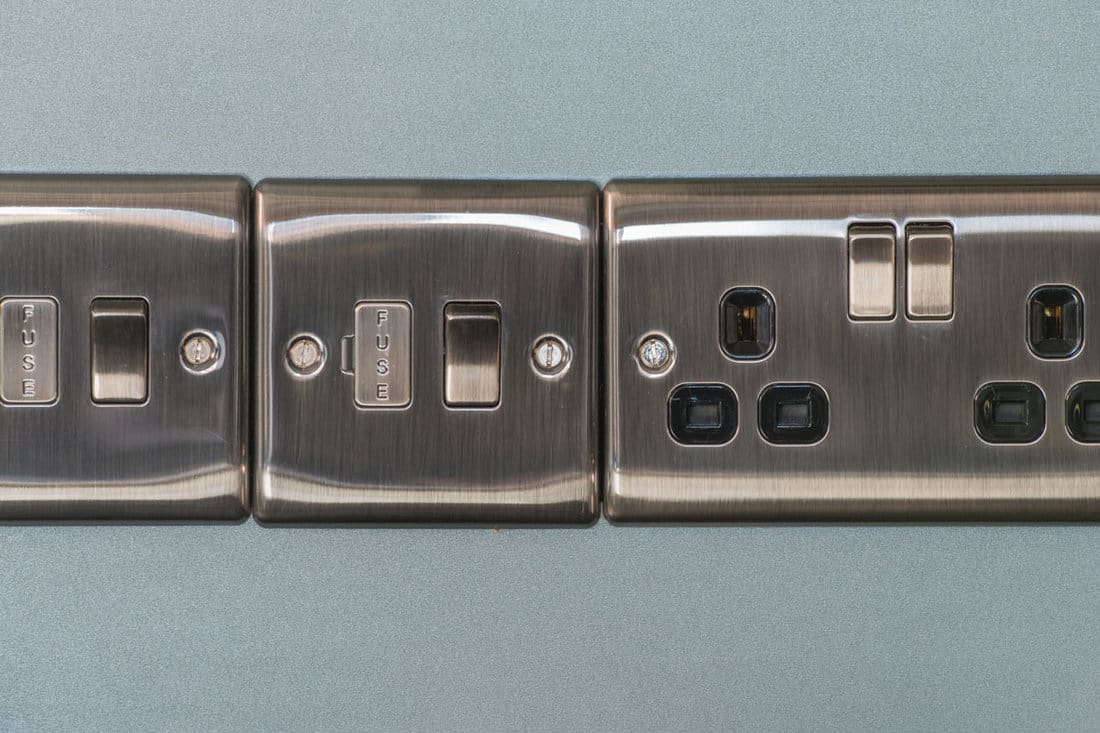
Bathroom mirrors are generally made from materials that are resistant to water or moisture and will not rust over time. Having a bathroom mirror with a strong and firm mounting system is also a good idea.
There are numerous types of bathroom mirrors. These mirrors vary in size and features. However, the most used and popular ones are:
Wall-mounted Mirrors
Installing this type of mirror mainly depends on your preference. These are directly and firmly mounted on the bathroom wall with screws or mounting brackets.
Wall-mounted mirrors can come in many shapes, sizes, and styles and can be made from a variety of materials. They can also be framed or unframed.
Medicine Cabinet Mirrors
These mirrors provide you with space for toiletries and other bathroom essentials. They are mostly installed within a cabinet or shelving unit.
The cabinet or shelf usually has a door that can be opened to access the space inside, which is used to store personal grooming and healthcare products such as toothbrushes, toothpaste, medication, and other items.
Check out this mirror cabinet on amazon
Vanity Mirrors
The vanity mirrors are countertop mirrors that are basically large in size and provide more visibility for applying makeup. It is usually larger than a standard medicine cabinet mirror and is designed to be used in conjunction with a vanity.
A vanity mirror is typically mounted on the wall and can be adjusted or tilted to get the best angle for grooming activities.
Framed Mirrors
These are fashionable mirrors that add a slight style to the bathroom. They are mostly installed with a decorative frame around the edges. They can be hung on a wall like a picture or placed on other flat surfaces.
Some framed mirrors also have additional features, such as a shelf or hooks, which can be useful for storing small items or hanging items such as towels.
Illuminated Mirrors
These are mirrors with in-built lighting, usually around the mirror's edges. They come with LED lights to brighten up your bathroom. These lights can be used to provide additional illumination in a room or to enhance the visibility of the mirror itself.
Illuminated mirrors are often used in bathrooms, but they can also be used in other areas of the home or in commercial settings. They are available in a wide range of styles and sizes and can be powered by electricity or batteries.
Some illuminated mirrors have additional features, such as magnification or defogging capabilities.
Magnifying Mirrors
Magnifying bathroom mirror has a feature that increases the size of any object before it to see small or tiny things more clearly. This type of mirror is helpful for tweezing eyebrows, applying makeup, and other petty bathroom tasks that require magnifying.
Check out this magnifying mirror on Amazon
Can You Put a 13-amp Socket in a Bathroom?
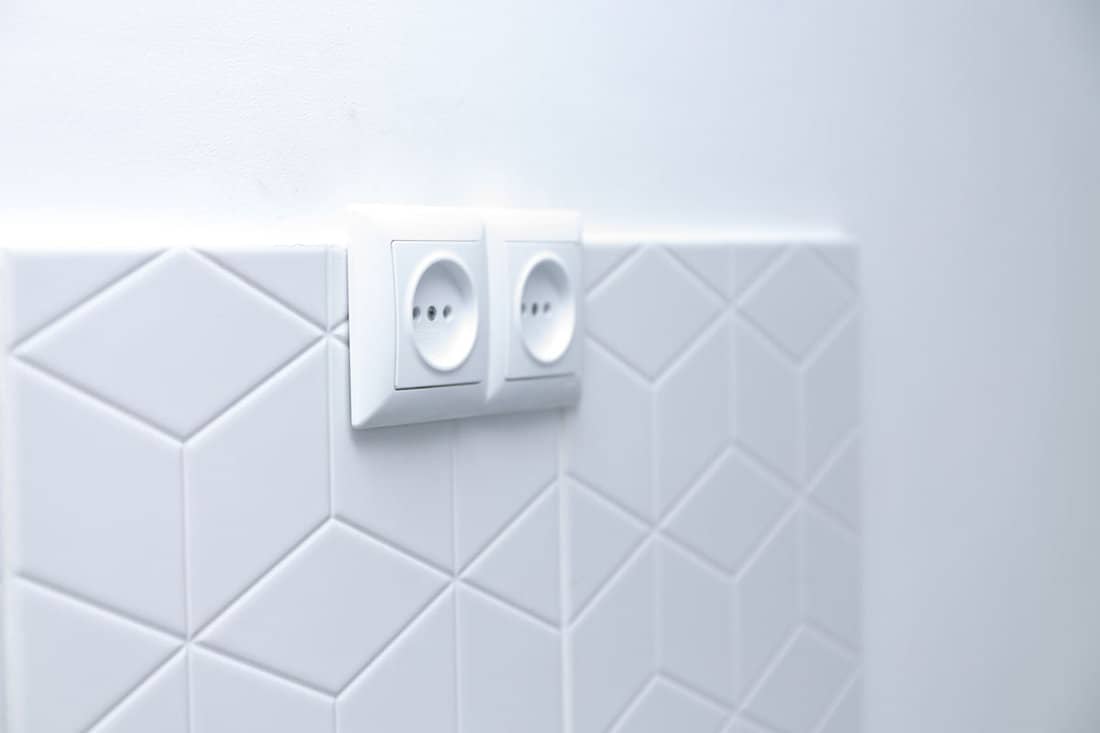
It is often not recommended to install a 13amp socket in a bathroom unless the bathroom space is considerably large. In most countries, electrical regulations specify that certain types of electrical outlets, including 13-amp sockets, are not permitted in bathrooms.
This is because bathrooms are considered to be "special locations" where the risk of electrical shock is higher due to the presence of water. Instead, it is recommended to use a specialized bathroom outlet, such as a shaver socket, which is specifically designed for use in damp or wet environments.
These outlets are typically rated for a lower current and are equipped with additional safety features to reduce the risk of electrical accidents.
Can You Wire a Bathroom Mirror to a Shaver Socket?
Wiring a bathroom mirror or other bathroom appliance to a shaver socket can be dangerous for users. Shaver sockets are designed mainly for use with electric razors and other personal grooming devices. They may not safely support the electrical load of other fixtures in the bathroom.
How Are The Bathroom LED Mirrors Powered?
Bathroom LED mirrors are majorly powered by electricity with a connection to an electric wall outlet or hardwired into the bathroom electrical system. Some types of bathroom mirrors also come with a battery backup in case of power interruption.
LED mirrors work with some voltage levels and are mainly designed to be suitable with the standard and general electrical power systems in homes. However, it is essential to ensure that the electrical system in the bathroom is strong to withstand the power requirements of LED mirrors.
Do You Need An Electrician To Install an LED Bathroom Mirror?
Your safety should be prioritized. The wrong installation of LED bathroom mirrors is disastrous. It will require you to hire an experienced and professional electrician for perfect installation.
The LED mirror has power requirements and installation standards according to the Building Regulations and Electrical Code. employing an expert electrician will ensure the power requirements are met and the electrical circuit in your bathroom is properly fixed.
Conclusion
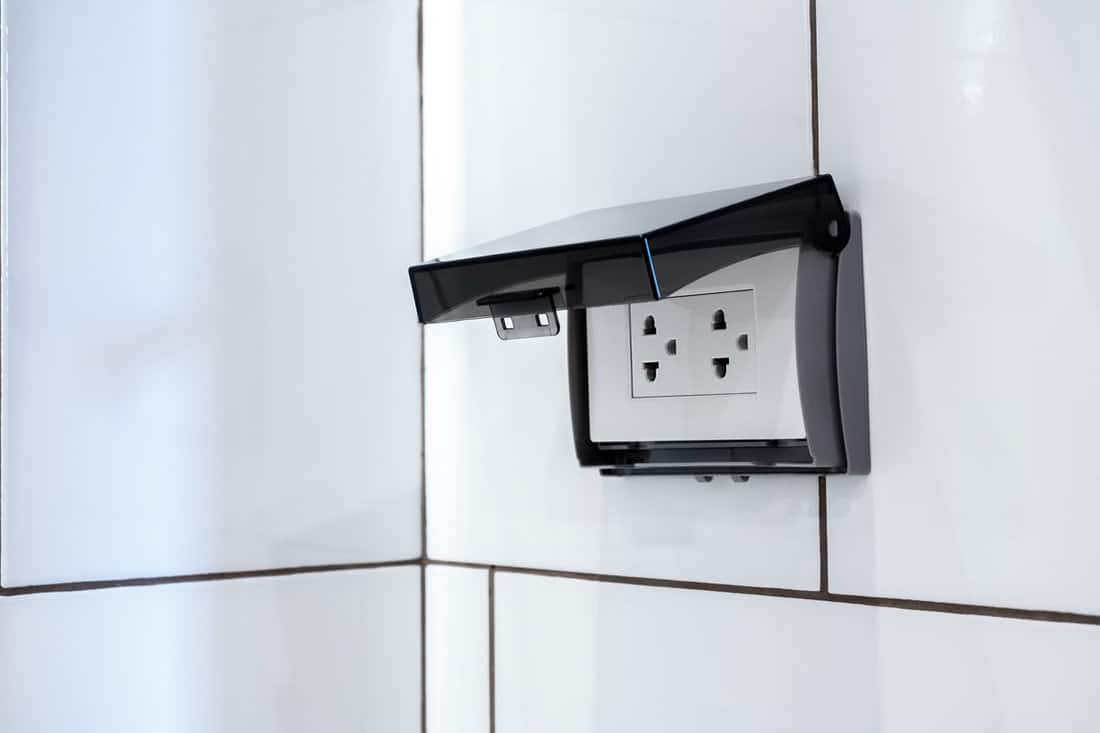
Installing a fused spur for your bathroom mirror is possible as long as you take certain precautions. Make sure to follow all local building codes and electrical regulations. These regulations are in place to ensure the safety of electrical installations in bathrooms, and failure to follow them could result in serious accidents or injuries. Be sure to locate electrical outlets and other electrical connections safely from water sources, such as sinks, showers, and baths.
If you liked this post, check out these related articles on our site:



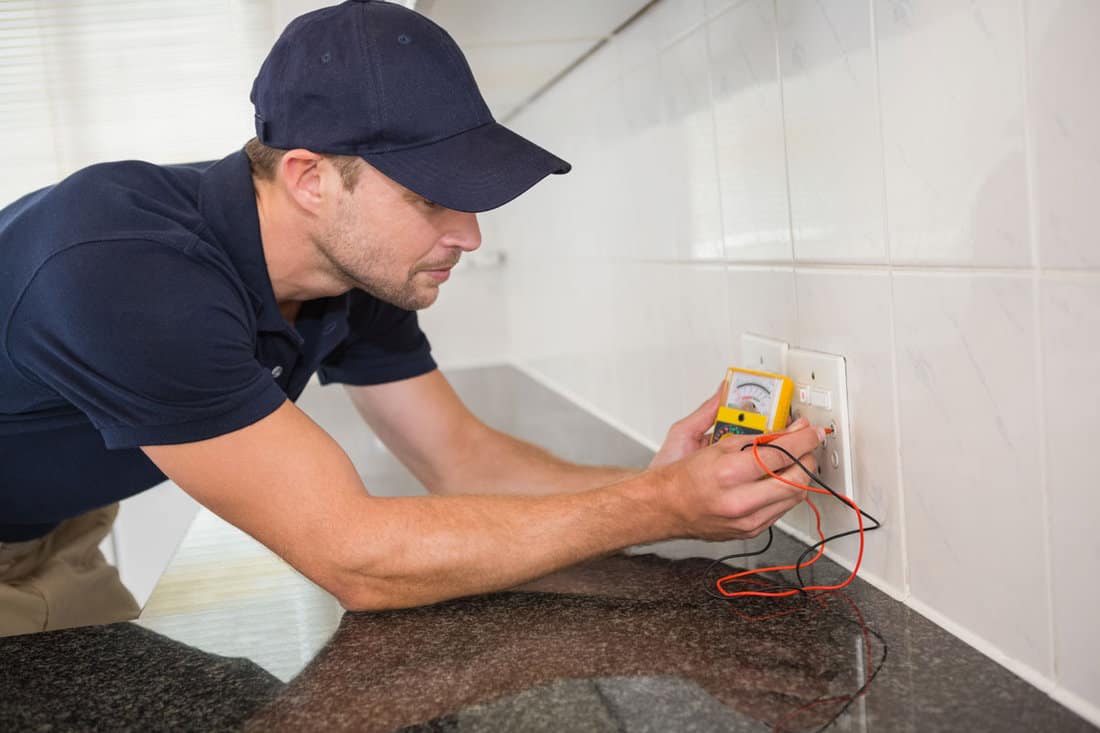
![Marble walled shower wall, 5 Best Types Of Shower Wall Panels To Consider For Your Bathroom Renovation [The Ultimate Guide]](https://homedecorbliss.com/wp-content/uploads/2023/07/shutterstock_2138160219-600x400.jpg)
